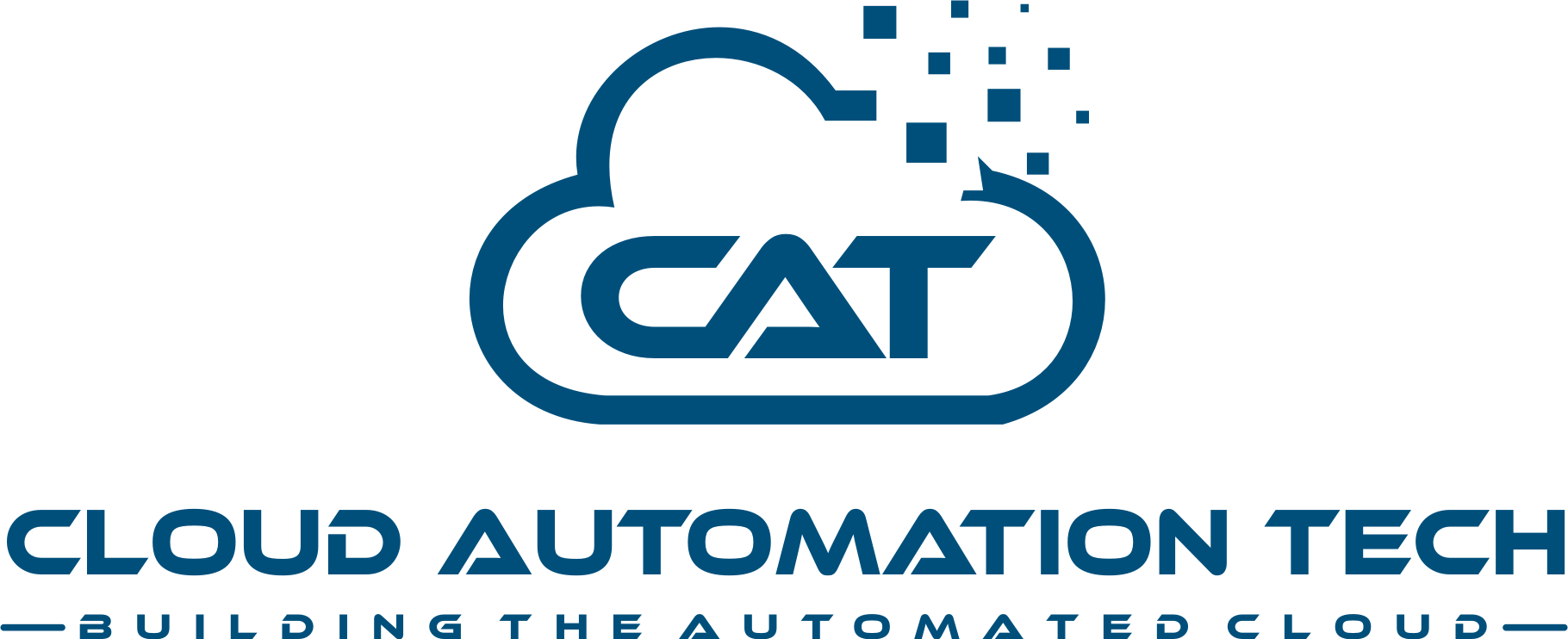Cloud Security
Cloud computing and storage provides users with capabilities to store and process their data in third-party data centers.Organizations use the cloud in a variety of different service models (with acronyms such as SaaS, PaaS, and IaaS) and deployment models (private, public, hybrid, and community).Security concerns associated with cloud computing fall into two broad categories: security issues faced by cloud providers (organizations providing software, platfor,or infrastructure as a service via the cloud) and security issues faced by their customers (companies or organizations who host applications or store data on the cloud).The responsibility is shared, however. The provider must ensure that their infrastructure is secure and that their clients’ data and applications are protected, while the user must take measures to fortify their application and use strong passwords and authentication measures.
The extensive use of virtualization in implementing cloud infrastructure brings unique security concerns for customers or tenants of a public cloud service.Virtualization alters the relationship between the OS and underlying hardware – be it computing, storage or even networking. This introduces an additional layer – virtualization – that itself must be properly configured, managed and secured.Specific concerns include the potential to compromise the virtualization software, or “hypervisor”. While these concerns are largely theoretical, they do exist.For example, a breach in the administrator workstation with the management software of the virtualization software can cause the whole datacenter to go down or be reconfigured to an attacker’s liking.
Cloud security controls
Cloud security architecture is effective only if the correct defensive implementations are in place. An efficient cloud security architecture should recognize the issues that will arise with security management.The security management addresses these issues with security controls. These controls are put in place to safeguard any weaknesses in the system and reduce the effect of an attack. While there are many types of controls behind a cloud security architecture, they can usually be found in one of the following categories:
Deterrent controls
These controls are intended to reduce attacks on a cloud system. Much like a warning sign on a fence or a property, deterrent controls typically reduce the threat level by informing potential attackers that there will be adverse consequences for them if they proceed. (Some consider them a subset of preventive controls.)
Preventive controls
Preventive controls strengthen the system against incidents, generally by reducing if not actually eliminating vulnerabilities. Strong authentication of cloud users, for instance, makes it less likely that unauthorized users can access cloud systems, and more likely that cloud users are positively identified.
Detective controls
Detective controls are intended to detect and react appropriately to any incidents that occur. In the event of an attack, a detective control will signal the preventative or corrective controls to address the issue.System and network security monitoring, including intrusion detection and prevention arrangements, are typically employed to detect attacks on cloud systems and the supporting communications infrastructure.
Corrective controls
Corrective controls reduce the consequences of an incident, normally by limiting the damage. They come into effect during or after an incident. Restoring system backups in order to rebuild a compromised system is an example of a corrective control.
